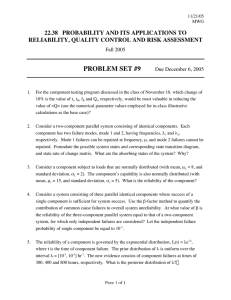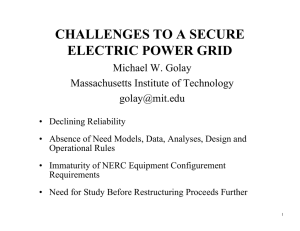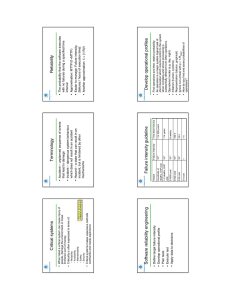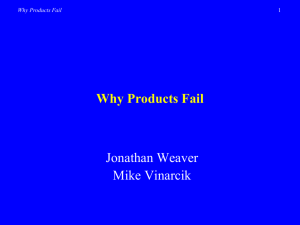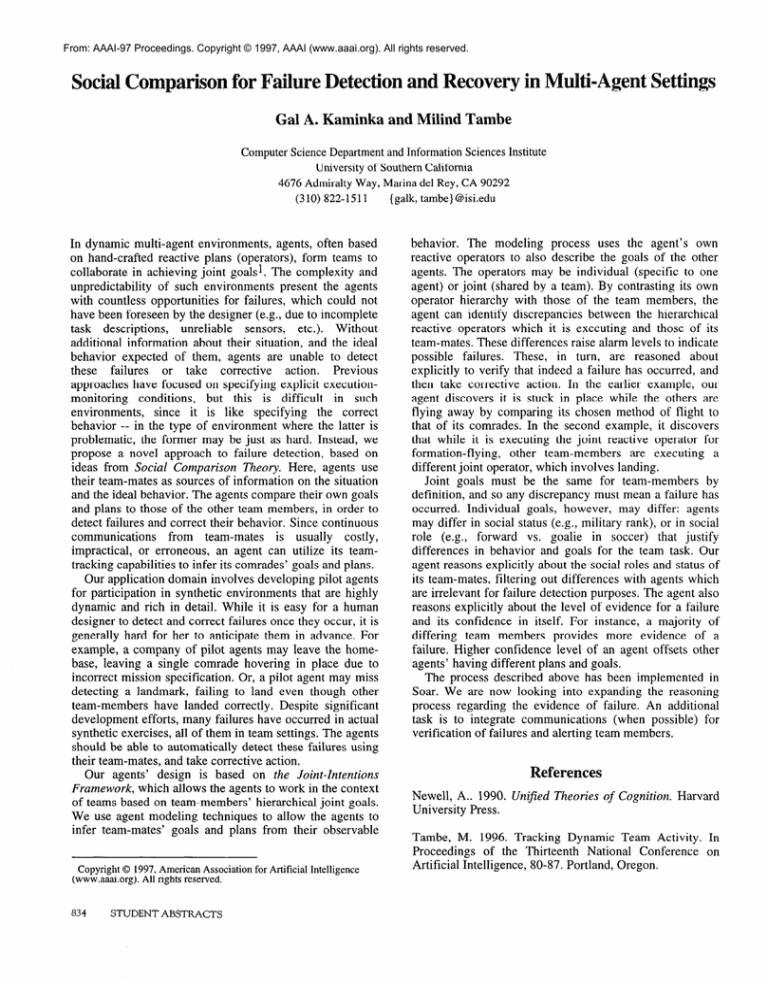
From: AAAI-97 Proceedings. Copyright © 1997, AAAI (www.aaai.org). All rights reserved.
ocial Co
on for
ecove
in lb4
wings
Gal A. Kaminka and Milind Tambe
Computer Science Department and Information Sciences Institute
University of Southern California
4676 Admiralty Way, Marina de1 Rey, CA 90292
(310) 822-1511
(galk, tambe} @isi.edu
In dynamic multi-agent environments,
agents, often based
on hand-crafted reactive plans (operators), form teams to
collaborate in achieving joint goalsl. The complexity and
unpredictability
of such environments
present the agents
with countless opportunities for failures, which could not
have been foreseen by the designer (e.g., due to incomplete
unreliable
sensors,
etc.). Without
task descriptions,
additional information about their situation, and the ideal
behavior expected of them, agents are unable to detect
these failures
or take corrective
action.
Previous
approaches have focused on specifying explicit executionmonitoring
conditions,
but this is difficult
in such
environments,
since it is like specifying
the correct
behavior -- in the type of environment
where the latter is
problematic, the former may be just as hard. Instead, we
propose a novel approach to failure detection, based on
ideas from Social Comparison Theory. Here, agents use
their team-mates as sources of information on the situation
and the ideal behavior. The agents compare their own goals
and plans to those of the other team members, in order to
detect failures and correct their behavior. Since continuous
communications
from team-mates
is usually
costly,
impractical, or erroneous, an agent can utilize its teamtracking capabilities to infer its comrades’ goals and plans.
Our application domain involves developing pilot agents
for participation in synthetic environments
that are highly
dynamic and rich in detail. While it is easy for a human
designer to detect and correct failures once they occur, it is
generally hard for her to anticipate them in advance. For
example, a company of pilot agents may leave the homebase, leaving a single comrade hovering in place due to
incorrect mission specification. Or, a pilot agent may miss
detecting a landmark, failing to land even though other
team-members
have landed correctly. Despite significant
development efforts, many failures have occurred in actual
synthetic exercises, all of them in team settings. The agents
should be able to automatically detect these failures using
their team-mates, and take corrective action.
Our agents’ design is based on the Joint-Intentions
Framework, which allows the agents to work in the context
of teams based on team-members’ hierarchical joint goals.
We use agent modeling techniques to allow the agents to
infer team-mates’ goals and plans from their observable
Copyright 0 1997, American Association
(www.aaai.org).
All rights reserved.
834
STUDENT
ABSTRACTS
for Artificial
Intelligence
behavior. The modeling process uses the agent’s own
reactive operators to also describe the goals of the other
agents. The operators may be individual (specific to one
agent) or joint (shared by a team). By contrasting its own
operator hierarchy with those of the team members, the
agent can identify discrepancies between the hierarchical
reactive operators which it is executing and those of its
team-mates. These differences raise alarm levels to indicate
possible failures. These, in turn, are reasoned about
explicitly to verify that indeed a failure has occurred, and
then take corrective action. In the earlier example, our
agent discovers it is stuck in place while the others are
flying away by comparing its chosen method of flight to
that of its comrades. In the second example, it discovers
that while it is executing the joint reactive operator for
formation-flying,
other team-members
are executing
a
different joint operator, which involves landing.
Joint goals must be the same for team-members
by
definition, and so any discrepancy must mean a failure has
occurred. Individual goals, however, may differ: agents
may differ in social status (e.g., military rank), or in social
role (e.g., forward vs. goalie in soccer) that justify
differences in behavior and goals for the team task. Our
agent reasons explicitly about the social roles and status of
its team-mates, filtering out differences with agents which
are irrelevant for failure detection purposes. The agent also
reasons explicitly about the level of evidence for a failure
and its confidence in itself. For instance, a majority of
differing team members provides more evidence of a
failure. Higher confidence level of an agent offsets other
agents’ having different plans and goals.
The process described above has been implemented in
Soar. We are now looking into expanding the reasoning
process regarding the evidence of failure. An additional
task is to integrate communications
(when possible) for
verification of failures and alerting team members.
eferences
Newell, A.. 1990. Unified Theories of Cognition.
University Press.
Harvard
Tambe, M. 1996. Tracking Dynamic Team Activity.
Proceedings
of the Thirteenth National Conference
Artificial Intelligence, 80-87. Portland, Oregon.
In
on


